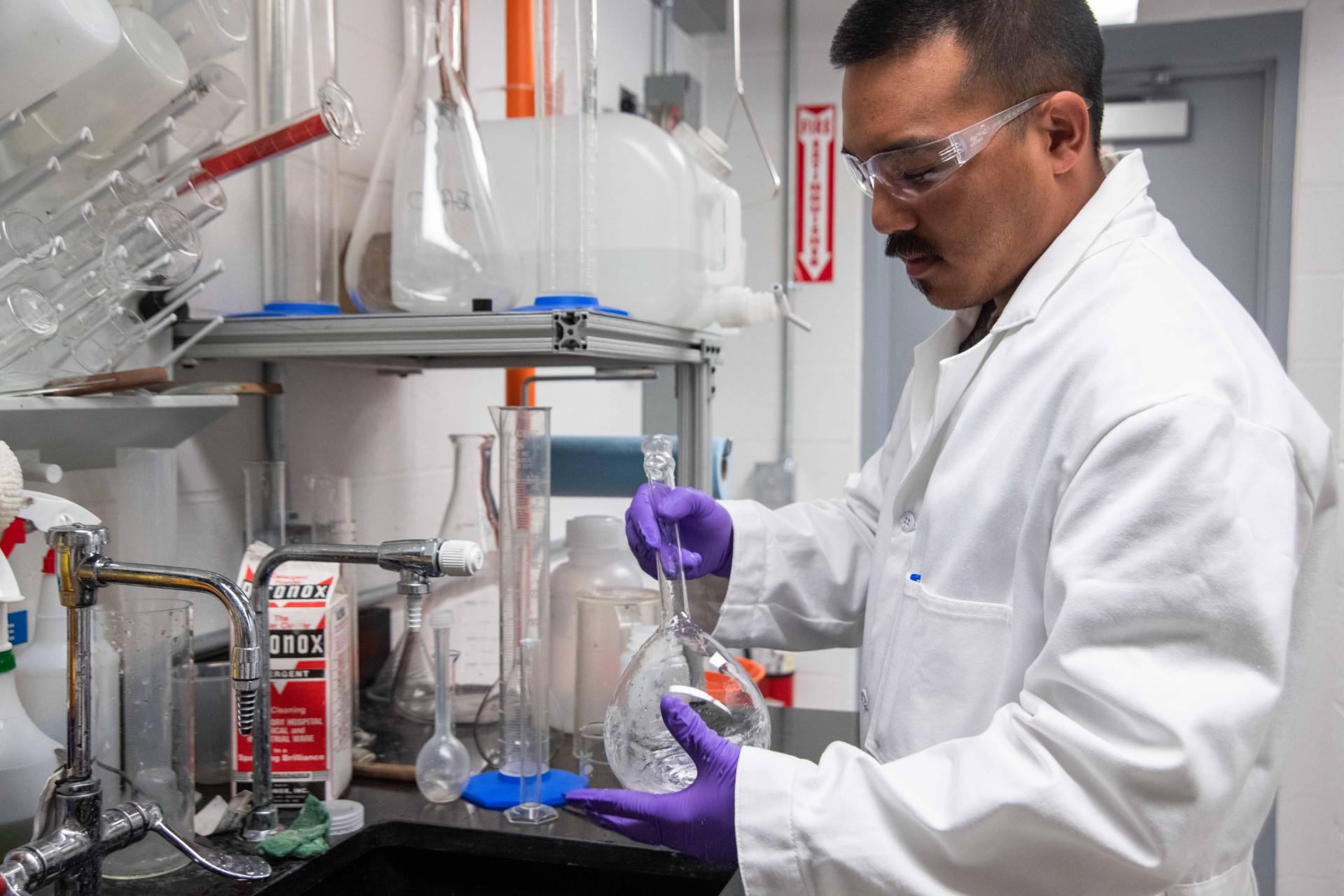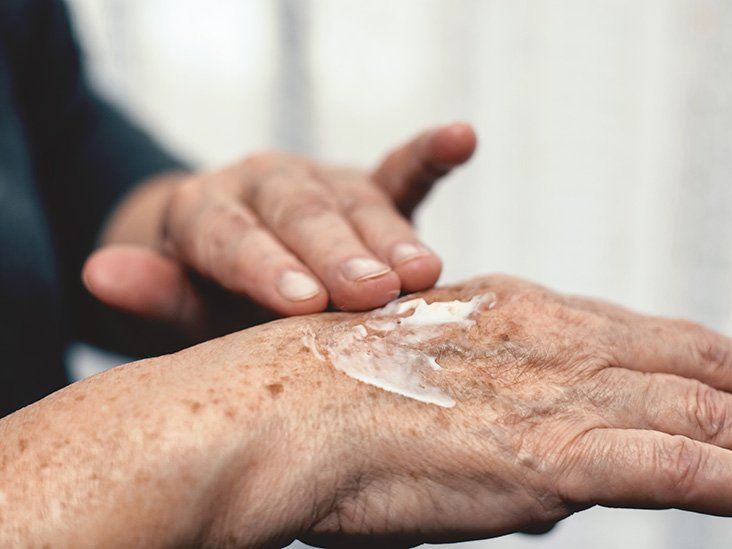What is a Placebo?
From Dr. Z - Carpal tunnel syndrome specialist
Placebo & Placebo Effect
Patients frequently ask, “What is a placebo?” Actually, a placebo is anything that appears or is perceived as a treatment. In reality, it has no effect on your body. In other words, you only you think it does. And by expecting positive results, you actually get them!
A placebo has no actual therapeutic worth. This is why sugar pills are common placebo “medicines”. They’re of no clinical value at all.
However, a placebo often results in providing relief from problems like pain, stress, anxiety, malaise, etc. The phenomenon of getting a positive result from an inactive substance or therapy is called the “placebo effect”.
Exactly how a placebo works is a real mystery to medical science. This phenomenon was discussed as far back as the 18th century. But it wasn’t until the 20th century that serious scientific discussions about the placebo effect drew it into mainstream society. From that point on, the placebo effect became an established, serious clinical phenomenon.
- FIND OUT: do you have carpal tunnel? No strings attached self-test.
How a placebo works
There is no consensus among scientists about how the placebo effect works on the body. For that matter, the mind-body relationship is still very mysterious.
But we know a placebo affects the way a patient perceives their disorder. This in turn produces changes in the body that impacts the disorder – even though the placebo has no direct effect on the disorder itself.
When it comes to pain, each person experiences this sensation differently. The sensory component is noxious no matter who experiences it. But how it’s perceived (the level of suffering, persistence, etc.) from person to person is definitely not the same. That’s because various parts of the higher brain – including memories - contribute to the experience and appreciation of pain.
Placebos work at that higher brain level. They enable the brain to integrate the placebo into innumerable past experiences. And the ultimate result affects how we perceive or experience pain.
How placebos are used
Placebos are often used in clinical trials. The idea of a clinical trial is to test a new therapeutic agent, like a drug, against an inert substance. If the comparison was not made, then there is no way that scientists could rule out the placebo effect of merely taking the new agent. That result is called the “placebo response”.
Some might say this is a deceptive practice on the part of the doctor. But all clinical study patients sign a consent form that details the fact that they might receive an inert substance instead of the experimental trial drug.
Interestingly, it was once thought such deception was required to see a placebo effect. But new research shows that even if patients know they’re getting a “sugar pill” they still get a positive effect.
The placebo effect is so powerful that some doctors and scientists recommend a change in the drug trial design. They say patients should not get a placebo during drug studies. Instead, they should either receive the experimental therapy or an already available therapy. Then the results of taking the two substances can be better compared.
In addition, with the current and ongoing opioid crisis, doctors are re-thinking the use of placebos as a form of pain management. That is, the placebo effect can actually be used to manage pain instead of using drugs (see below for more details).
Types of placebos
A placebo is any substance, device or therapy that does not actually work physiologically but does work psychologically. Therefore, a placebo can be just about anything the doctor gives to a patient.
There is no information about the most commonly used placebos. But perhaps the best-known placebo is used by almost every parent of a young child. They know that putting a Band-Aid on a “boo boo” will ease the child’s pain or discomfort almost immediately - even if there is no tissue damage. This is a placebo effect.
Adults can also succumb to the placebo effect in a similar manner. For instance, when hand pain due to carpal tunnel syndrome or knee pain due to arthritis flares up, placebo devices are at the ready. Expensive hand and knee braces sold under the name “Copper Fit” are nothing more than placebos to treat these conditions. Actually, copper infused fabric has no more therapeutic value than snake oil.
Perhaps the most widely used placebo by doctors is the “sugar pill" or inert tablet. Especially during clinical trials, a “control group” often receives an inert sugar placebo pill. It’s used to test and compare the effects of the real therapeutic agent against the relief felt by the simple act of taking a pill.
Finally, physical therapists understand the power of maintaining the well-being of elderly patients by using placebo therapy. For instance, elderly patients often suffer from arthritis pain. When arthritis drugs alone are not enough, therapists may prescribe a mild exercise.
The patient perceives the exercise as taking a proactive role in the pain relief process. Sitting in a chair while performing a few leg lifts does little to promote circulation, cardiovascular health or relieve pain. Yet the perception of taking active steps to relieve pain illustrates the powerful influence of a placebo therapy.
Finally, every homeopathic medicine - without exception - is merely a placebo. No homeopathic medicine has a therapeutic value whatsoever. Indeed, the expensive homeopathic tablets sold in brightly colored tubes are merely sugar pills. Yet some patients swear by them. This only illustrates the enormous power of the placebo effect.
Placebo as a real pain treatment
With the current opioid epidemic, doctors have been looking for alternatives to offering real pain relief to their patients. Now, placebos may actually be the answer.
Recent research from the
University of Manchester has shown that placebos work quite well for pain relief under certain circumstances. Patients who had osteoarthritis or fibromyalgia pain, in addition to high levels of psychological distress (like anxiety or depression) benefited from placebo treatment as much as receiving an active medicine.
The patients were given a placebo cream and told it was an active compound. After two weeks of rubbing the cream on affected areas, their pain was markedly reduced.
Will this sort of placebo therapy work in non-psychologically stressed patients? Scientists are studying the right question now. But for certain patients, this placebo pain therapy may enable doctors to manage the patient’s pain more effectively while also avoiding their dependence on drugs and their (quite often, harmful) side-effects.
Dr. M. Sivan from the Leeds Institute of Rheumatology and Musculoskeletal Medicine said, "What was previously considered to be a nuisance variable [the placebo effect] has now been shown to have substantial potential to improve patient outcomes in chronic pain.”
Perhaps the study highlights the power of placebo when psychological issues like anxiety or depression occur alongside chronic pain. We know that pain produces even more negative emotions. And that can make the pain feel more intense.
So when a patient expects a positive outcome (less pain) by taking a (placebo) pill, the expectation is fulfilled by the complex brain processes that also produce the experience of pain.
Obviously, more research is needed in this field.
Summary
The brain is easily tricked into thinking it can be helped. Specifically, the placebo effect is a very powerful influence on the brain's ability to sense pain. If the brain believes a certain inert treatment (the placebo) will work to relieve pain, chances are it actually will do so. The longevity of the placebo effect can vary depending on many factors.








